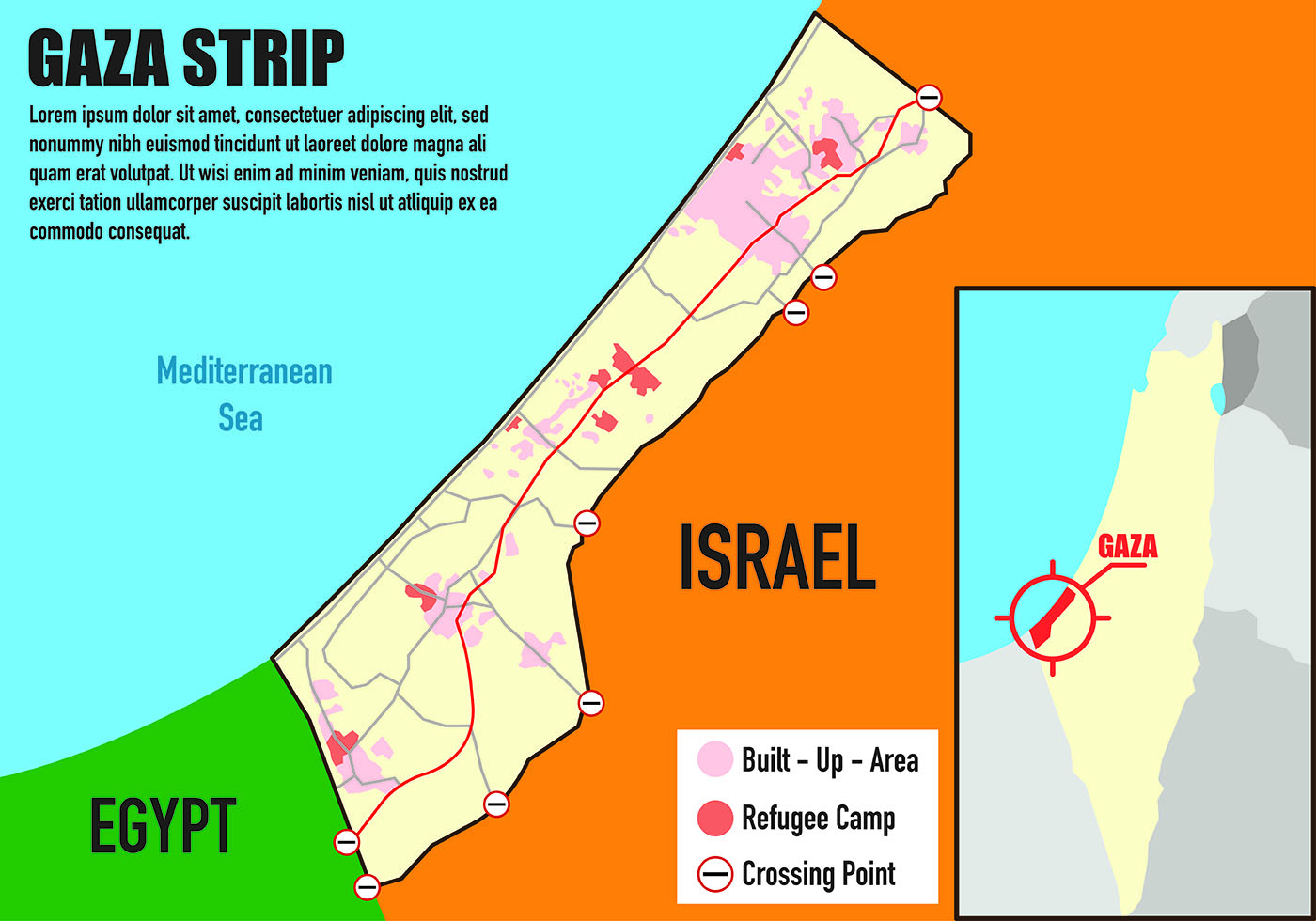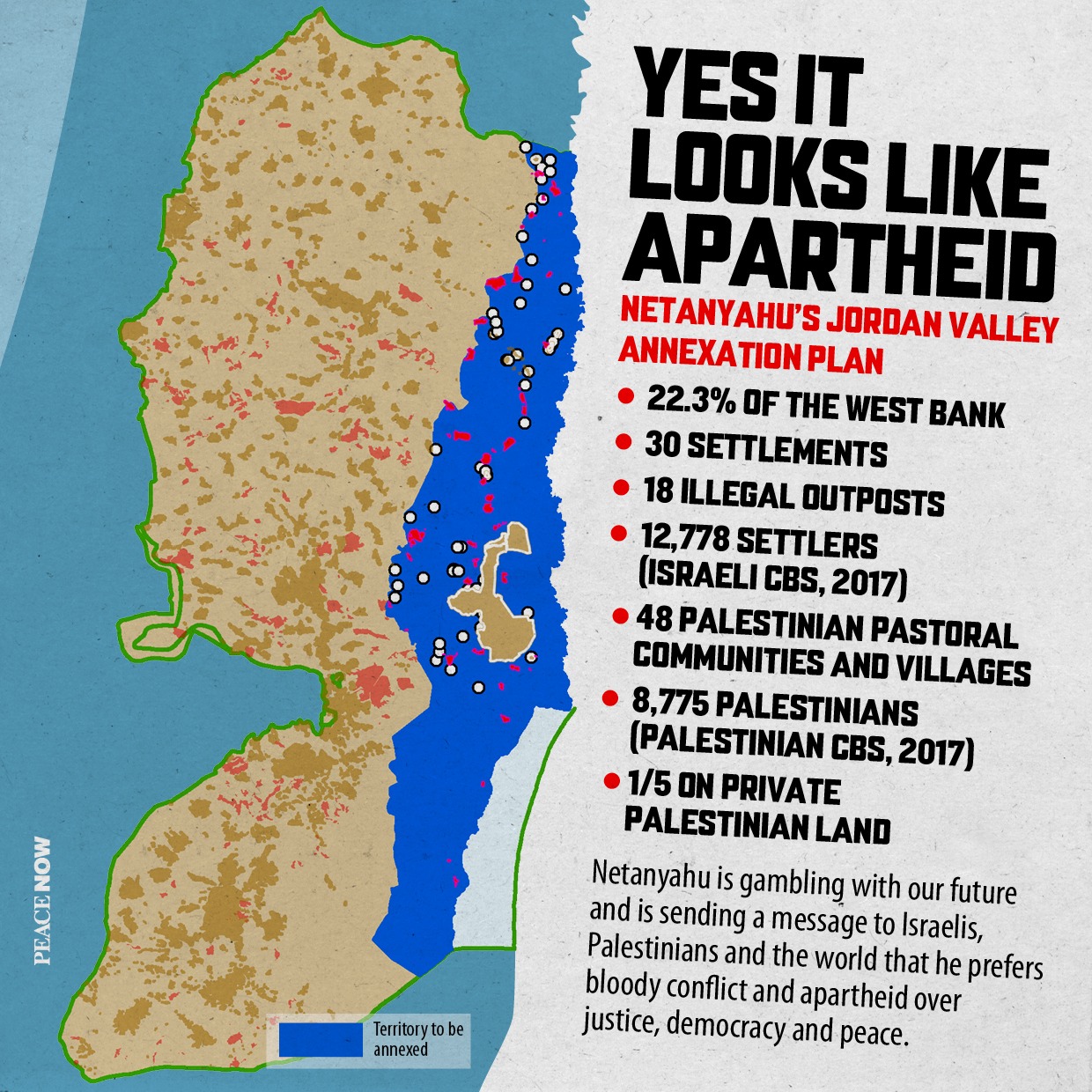Nuseirat Camp Overview

Nuseirat gaza map – Nuseirat Refugee Camp, situated in the central Gaza Strip, stands as a testament to the ongoing plight of Palestinian refugees. Established in 1949, the camp initially housed refugees displaced from 45 villages in the southern region of historical Palestine during the 1948 Arab-Israeli War. Today, Nuseirat remains one of the most densely populated refugee camps in the Gaza Strip, with over 80,000 inhabitants.
The Nuseirat refugee camp in the Gaza Strip has witnessed the disappearance of its dining rooms, once bustling spaces where families gathered for meals. Today, the camp’s residents are forced to eat in cramped quarters or on the streets, a testament to the harsh living conditions they endure.
Like the dining rooms of Nuseirat, the traditional dining room is disappearing from many homes, replaced by informal eating spaces that reflect the fast-paced, technology-driven lifestyles of today’s society. Yet, the Nuseirat camp serves as a poignant reminder of the importance of shared meals and the social fabric they weave.
Nuseirat’s geographical location plays a significant role in shaping its socio-economic conditions. The camp is situated approximately 8 kilometers south of Gaza City, the administrative center of the Gaza Strip. Its proximity to major urban areas has facilitated economic opportunities for some residents, while others continue to face challenges due to limited access to employment and basic services.
The Nuseirat Refugee Camp in Gaza, a densely populated area, holds a complex history. Amidst its narrow streets and crowded alleys, one can’t help but reflect on the resilience of its people. Like the legendary Josh Gibson baseball card , a symbol of American sportsmanship, the Nuseirat Refugee Camp stands as a testament to the indomitable spirit of those who have endured countless hardships.
Its story, etched into the fabric of Gaza, is a poignant reminder of the human toll of conflict.
Demographics
The population of Nuseirat Refugee Camp is predominantly composed of Palestinian refugees and their descendants. The majority of the inhabitants are Sunni Muslims, with a small minority of Christians. The camp’s population has grown steadily over the years, primarily due to natural increase. However, the influx of new refugees during periods of conflict has also contributed to the camp’s population growth.
Nuseirat, a small town in the Gaza Strip, has a rich history and a vibrant community. Despite the challenges it faces, Nuseirat remains a resilient and hopeful place. Just like the MLB records that are constantly being broken, Nuseirat continues to strive for progress and a better future.
The town’s residents are proud of their heritage and their determination to overcome adversity.
Living Conditions
Living conditions in Nuseirat Refugee Camp are often challenging. The camp is characterized by overcrowding, with many families living in cramped and unsanitary conditions. Access to basic services, such as clean water, electricity, and healthcare, is often limited. The camp’s infrastructure is also in need of improvement, with many roads and buildings in poor condition.
Economic Situation
The economic situation in Nuseirat Refugee Camp is complex and challenging. Unemployment rates are high, and many residents rely on humanitarian assistance to meet their basic needs. The camp’s economy is primarily based on small-scale businesses and agriculture. However, economic opportunities are limited, and many residents struggle to find stable employment.
Nuseirat is a Palestinian refugee camp in the Gaza Strip. It was established in 1949 on the site of the former Palestinian village of Nuseirat. The camp is located in the central Gaza Strip, about 10 kilometers south of Gaza City.
As of 2014, the camp had a population of over 80,000 people. Anne Pasternak , the director of the Brooklyn Museum, has been a vocal advocate for the rights of the Palestinian people. She has spoken out against the Israeli occupation of the Gaza Strip and has called for an end to the blockade of the territory.
Nuseirat Camp Layout and Infrastructure
Nuseirat Refugee Camp is a densely populated area with a complex layout. The camp is divided into several neighborhoods, each with its own unique character. The main road through the camp is Salah al-Din Street, which runs north-south. The camp is also home to a number of schools, healthcare facilities, and other essential services.
The housing in Nuseirat Refugee Camp is a mix of concrete block buildings and traditional mud brick houses. The buildings are typically small and overcrowded, with many families living in a single room. The camp also has a number of informal settlements, where families live in makeshift shelters made from wood, plastic, and other materials.
Infrastructure
The infrastructure in Nuseirat Refugee Camp is basic. The camp has a limited number of paved roads, and many of the streets are narrow and unpaved. The camp also has a shortage of water and electricity. The water supply is often contaminated, and the electricity supply is unreliable. The camp also has a limited number of schools and healthcare facilities.
Despite the challenges, Nuseirat Refugee Camp is a vibrant and resilient community. The residents of the camp have a strong sense of community, and they are working to improve the living conditions in the camp.
Nuseirat Camp Socioeconomic Conditions: Nuseirat Gaza Map

Nuseirat Refugee Camp, like many other Palestinian refugee camps, faces significant socioeconomic challenges. The camp’s residents experience high levels of poverty, unemployment, and limited access to essential services such as education and healthcare.
Poverty, Nuseirat gaza map
Poverty is widespread in Nuseirat Camp, with a significant portion of the population living below the poverty line. The lack of employment opportunities and the high cost of living contribute to the high poverty rates. Many families rely on humanitarian aid and assistance from international organizations to meet their basic needs.
Unemployment
Unemployment is a major issue in Nuseirat Camp. The lack of job opportunities within the camp and the limited access to employment in surrounding areas contribute to the high unemployment rates. Many residents are forced to work in informal or low-paying jobs to make ends meet.
Access to Education and Healthcare
Access to quality education and healthcare is limited in Nuseirat Camp. The camp’s schools are often overcrowded and understaffed, and the quality of education is often poor. Access to healthcare is also limited, with the camp’s health clinic lacking essential medical equipment and supplies. This lack of access to education and healthcare services has a significant impact on the health and well-being of the camp’s residents.
Challenges and Opportunities
The socioeconomic conditions in Nuseirat Camp present significant challenges for the camp’s residents. However, there are also opportunities for improvement. The camp’s residents have shown resilience and determination in the face of adversity. They have established community-based organizations and initiatives to address the challenges they face and to improve their living conditions. International organizations and donors also play a role in providing assistance and support to the camp’s residents.
The intricate layout of Nuseirat Gaza map reminded me of the tragic plane crash in Lake Champlain , where the aircraft’s fragmented wreckage lay scattered like pieces of a puzzle. As I traced the streets of Nuseirat, I couldn’t help but reflect on the resilience of its people, mirroring the strength of those who survived that fateful day.